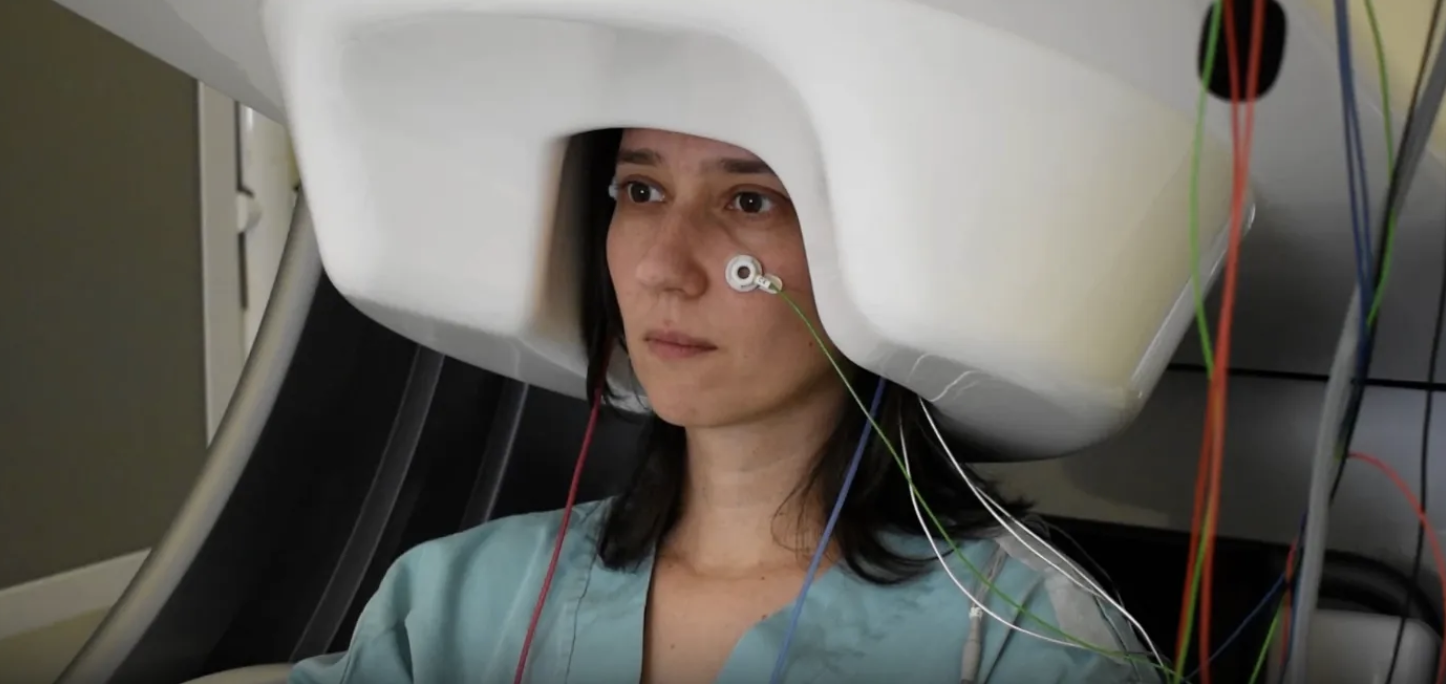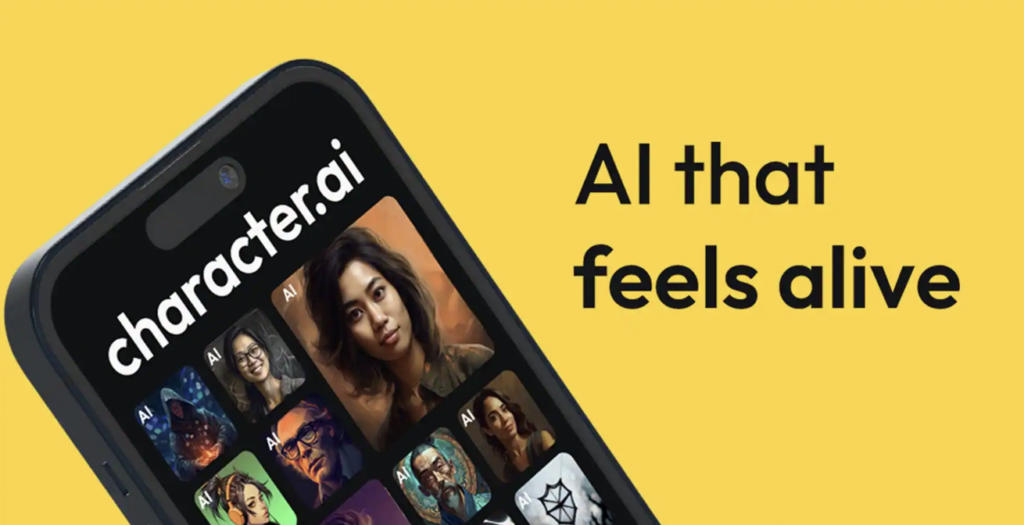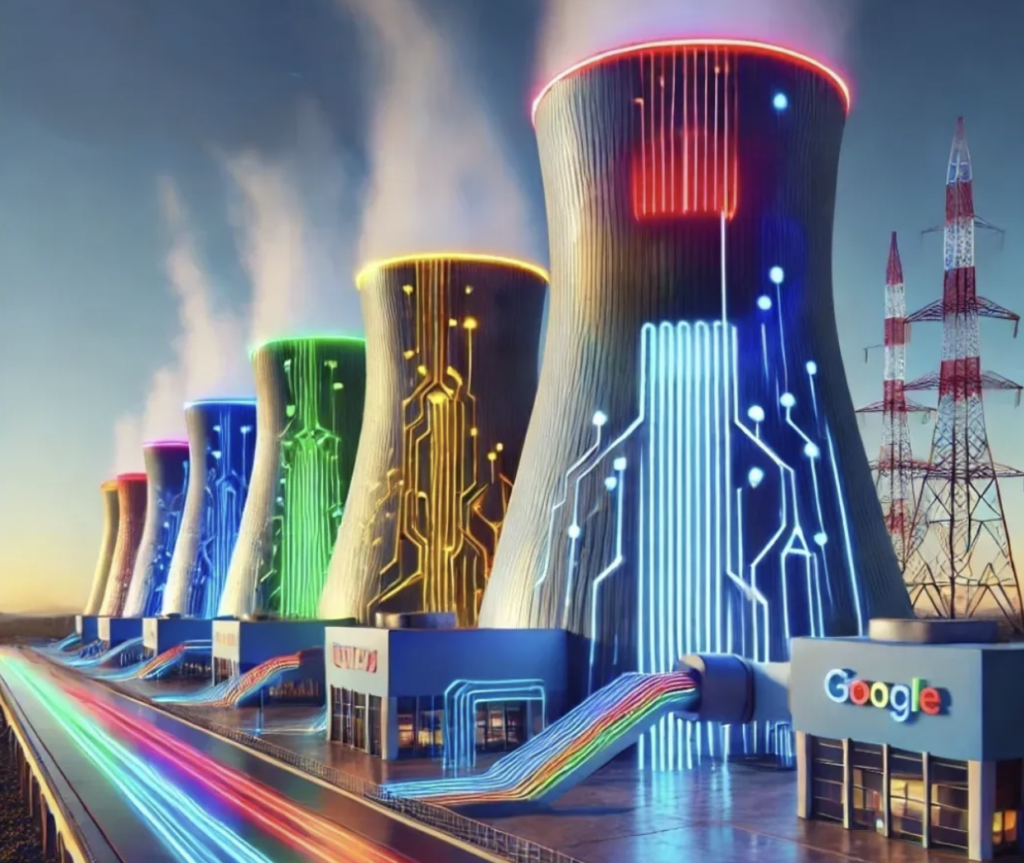The ultimate privacy invasion is near

A day doesn’t go past when what we are saying is not quite what we are thinking. Especially when talking to your boss, your kids, even your partner.
Now, imagine a world where your actual thoughts could be directly translated into words by machines – for others to read. That world has arrived.
Meta’s recent advancements in brain-computer interface (BCI) technology are steering us toward this reality. By harnessing the power of artificial intelligence, Meta’s research aims to interpret neural activity associated with imagined speech, effectively reading brain waves to decode a person’s internal dialogue. Wow.
Side Note: Of course it was Meta … I can easily imagine Zuckerberg approving this research project personally with a smile on his face.
How Does It Work?
The core of this technology lies in detecting and interpreting imagined speech—when individuals “speak” internally without vocalizing. This process involves recording neural patterns using non-invasive methods like electroencephalography (EEG), which captures the brain’s electrical activity. This means they are not plugging anything into your body, no chips, no wires… Just some small sensors on the outside of your head.
Advanced AI algorithms then analyze these patterns to identify specific words or phrases the person is thinking. This method leverages the brain’s natural language processing regions, allowing the system to map thought patterns to corresponding linguistic elements.
Current Accuracy Levels
While the concept is groundbreaking, the technology is still in its developmental stages. Current systems can reconstruct the general gist of thoughts but often struggle with precise word-for-word translation. For instance, studies have shown that while exact word reconstruction remains challenging, the decoded content is semantically similar to the intended message. This means the system might not capture the exact words but can infer the overall meaning or context of the thoughts with up to 80% accuracy.
Unveiling True Thoughts
This technology’s potential extends beyond mere novelty. Our internal thoughts often differ from our spoken words due to social filters, fear of judgment, or communication barriers. A system capable of decoding these unspoken thoughts could revolutionize various fields:
- Healthcare: Providing a voice to patients with speech impairments or conditions like locked-in syndrome, enabling them to communicate more effectively.
- Psychology: Offering insights into subconscious thoughts, aiding in understanding and treating mental health conditions.
- Human-Computer Interaction: Allowing more intuitive control of devices, where machines respond directly to our thoughts, enhancing user experience.
Exponential Improvement
With AI capability exponentially improving, it’s not hard to imagine this reading minds with a 95% confidence level… within a year or two. But I think the more interesting area of exponential improvement is in the reading device itself. If the EEG machine resolution got far more powerful and accurate from a distance, all of a sudden, people may not need to don a helmet to have their thoughts read.
Imagine this: a room with the ability to read the minds of the people inside it!
So, where might this be valuable? Security checks at an airport come to mind. What about a police suspect questioning room? A court room? Or how about the corporate environment for job interviews…. or board meetings?
It certainly would change the world if we could tap into people’s unspoken thoughts. And it seems this will happen, sooner than we think.
Meta’s exploration into decoding brain waves to interpret imagined speech marks a significant stride in merging human cognition with artificial intelligence. But it also reminds us what business they are really in…. Surveillance Capitalism.
And for the first time since I’ve been writing here (nearly 20 years) my sign off (see below) might need to come with a warning!
Keep Thinking,
Steve.





